Zagros Mountains Forest Steppe
The ecoregion’s land area is provided in units of 1,000 hectares. The conservation target is the Global Safety Net (GSN1) area for the given ecoregion. The protection level indicates the percentage of the GSN goal that is currently protected on a scale of 0-10. N/A means data is not available at this time.
Bioregion: Zagros Mountain Forests & East Anatolian Steppe (PA27)
Realm: Central Eurasia
Ecoregion Size (1000 ha):
39,865
Ecoregion ID:
688
Conservation Target:
8%
Protection Level:
6
States: Iran, Iraq, Turkey
Sprawling oak forests climb the rugged hillsides of the immense Zagros Mountains. These diverse steppic woodlands are at the heart of the Irano-Anatolian Biodiversity hotspot, and are a hub of endemism. Mighty yet elusive mammal species roam the rocky slopes: Persian leopard, Syrian brown bear, bezoar ibex, and striped hyena. Lithely leaping amongst branches of oaks, beautiful Persian squirrels make their homes in the oldest and tallest trees; skilled swimmers and competent climbers, they boast luxuriant tails of a splendid russet red.
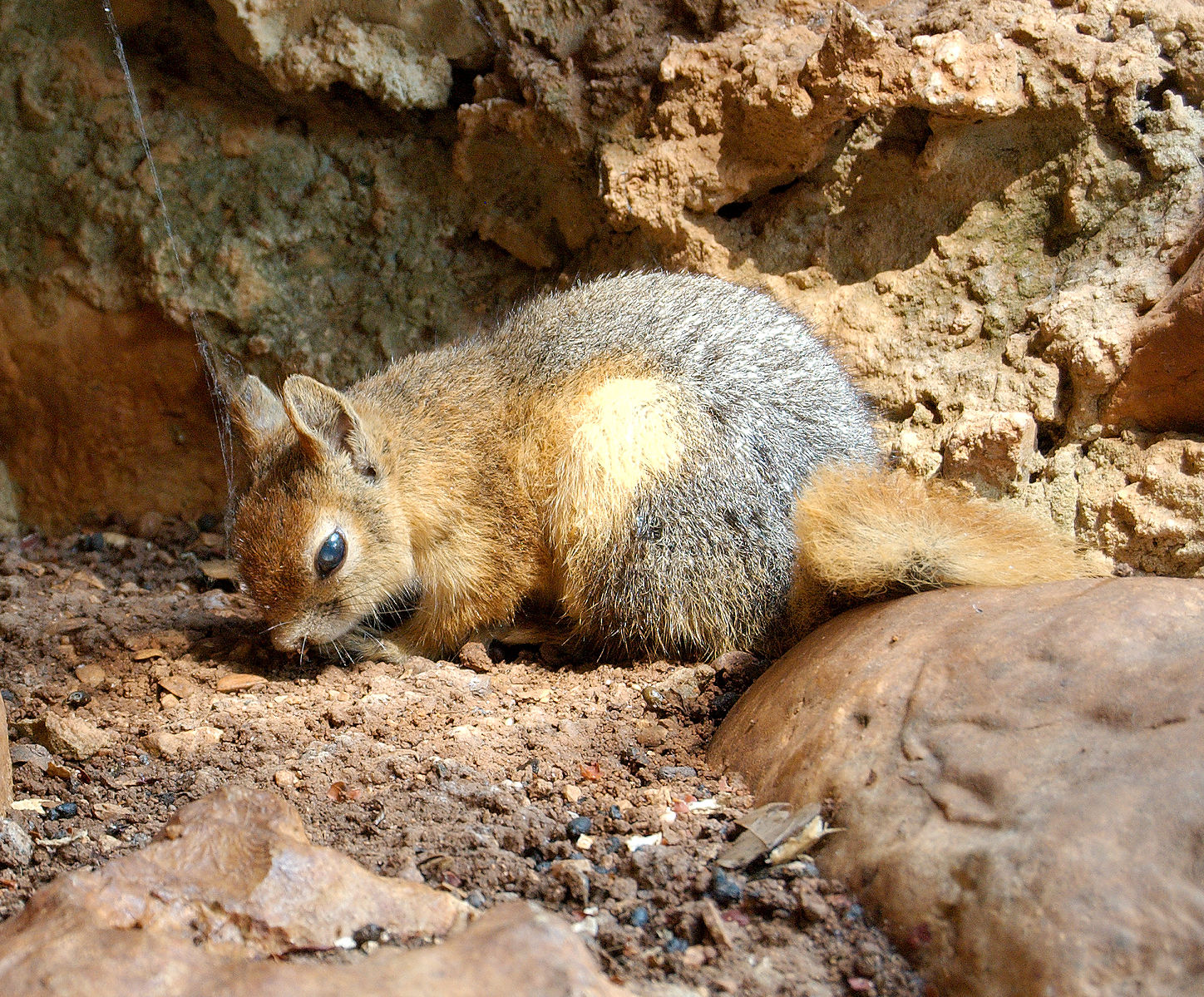
The flagship species of the Zagros Mountains Forest Steppe ecoregion is the Persian squirrel. Image credit: Creative Commons
This ecoregion spans the Zagros mountain arch. It stretches from Southeast Turkey, across North Iraq, and into Iran, where it covers a huge area along the country’s Western border. In the North, mountain ridges are hewn with deep valleys, whilst southwards, isolated mountains punctuate expansive flatlands and salt marshes. The highest peak is the snow-capped Kuh-e-Dinar in Iran’s Bakhtiari Mountains, at 4,276 m. The Karun, Dez, and Karkheh Rivers all have their source high in the mountains, and drain into the Persian Gulf or Caspian Sea.
A semi-arid temperate climate dominates, with severe winters and extreme summer aridity. The mean annual precipitation ranges from 400 to 800 mm, while in the winter minimal temperature often drops below -25°C. Forests are largely composed of Brant’s oak, Aleppo oak, and Lebanon oak, with a pistachio-almond shrub layer. In the South, a richer steppe flora develops, where hawthorn, nettle tree, and pear are typical.
Persian squirrels are the unintentional gardeners of the oak forest. They gather and bury acorns for winter sustenance but inevitably forget to retrieve some, which are left to develop into new trees. Though crucial to forest health, they are threatened by the loss of habitat, hunting, and capture for the pet trade. Habitat degradation and poaching led Persian fallow deer to reach the brink of extinction by the 1950s; Iran’s Dez and Karkheh regions were their final global refuge.
Numbers are now increasing following captive breeding and reintroductions across the Zagros, though this species is still endangered. Endemic species are plentiful in these mountains. Mouse-like hamster and Qazvin vole are endemic mammals, and Montivipera kuhrangica is a recently described endemic viper. Endemic newts include the critically endangered Kurdistan newt and the vulnerable Lake Urmia newt.
Many local livelihoods depend on these forests. Oak seed is used to make bread, foliage to feed livestock, and timber for fuel. The mountain forests also supply a significant amount of clean drinking water to communities. Agriculture is widespread, including harvest of vines and nuts, and sheep, goat, and cattle herding remain important industries. Forests are severely degraded, and more than half of tree cover has been lost since the 1960s. Some of the largest protected areas include the Barzan Area and Gali Balnda Nature Reserve in Iraq, and Bakhtegan National Park and Wildlife Refuge and Khabr National Park in Iran.
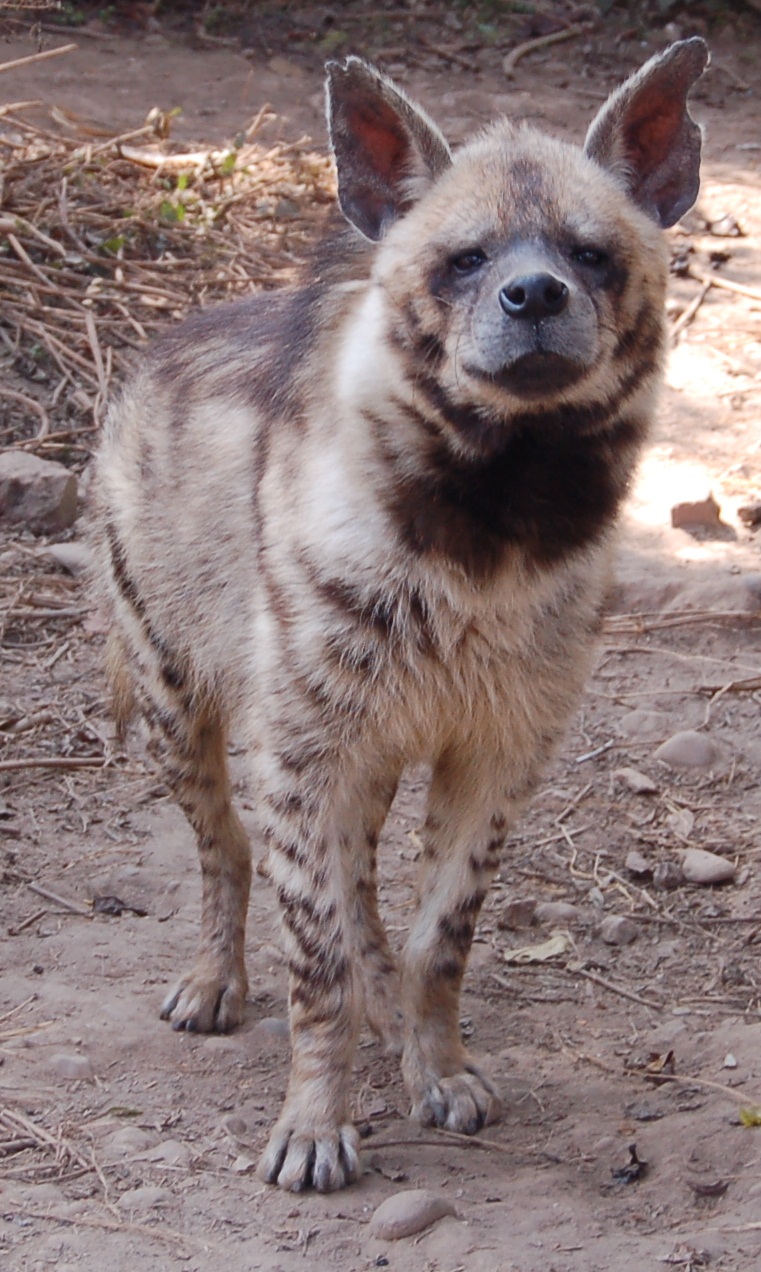
Striped hyena. Image credit: Creative Commons
A decline in traditional management practices is threatening biodiversity, and deforestation, overgrazing, and poaching are rife. The previously greatest threats of drought, disease, and wildfires are now outweighed by illegal logging, which has been exacerbated by increased restrictions on legal timber trade in Iran. Over the past 40 years, many forest management agencies have strived to stop deforestation and manage the Zagros forests.
However, there has so far been little success in reforestation, potentially due to low and uncertain levels of precipitation, infertile soils, and steep slopes. A lack of knowledge about forest ecosystems hinders effective management. A new action plan for the sustainable development of the central Zagros mountains has been developed in Iran, which aims to establish a collaborative conservation system involving local communities, and mainstream sustainability into the main economic sectors.
The priority conservation actions for the next decade will be to: 1) invest in thorough scientific research of ecosystems and their threats to inform management decisions; 2) ensure vigilant monitoring of biodiversity indicators to ascertain effectiveness of new management plans; and 3) ensure communities have a right to access timber from sustainable sources.
Citations
1. Islamic Republic of Iran. 2015. The Fifth National Report to the Convention on Biological Diversity.
2. Farashi, A. and Shariati, M., 2017. Biodiversity hotspots and conservation gaps in Iran. Journal for nature conservation, 39, pp.37-57.
3. WWF. 2018. Western Iran. [Online]. [Accessed 4th August 2019]. Available from: https://www.worldwildlife.org/ecoregions/pa0446
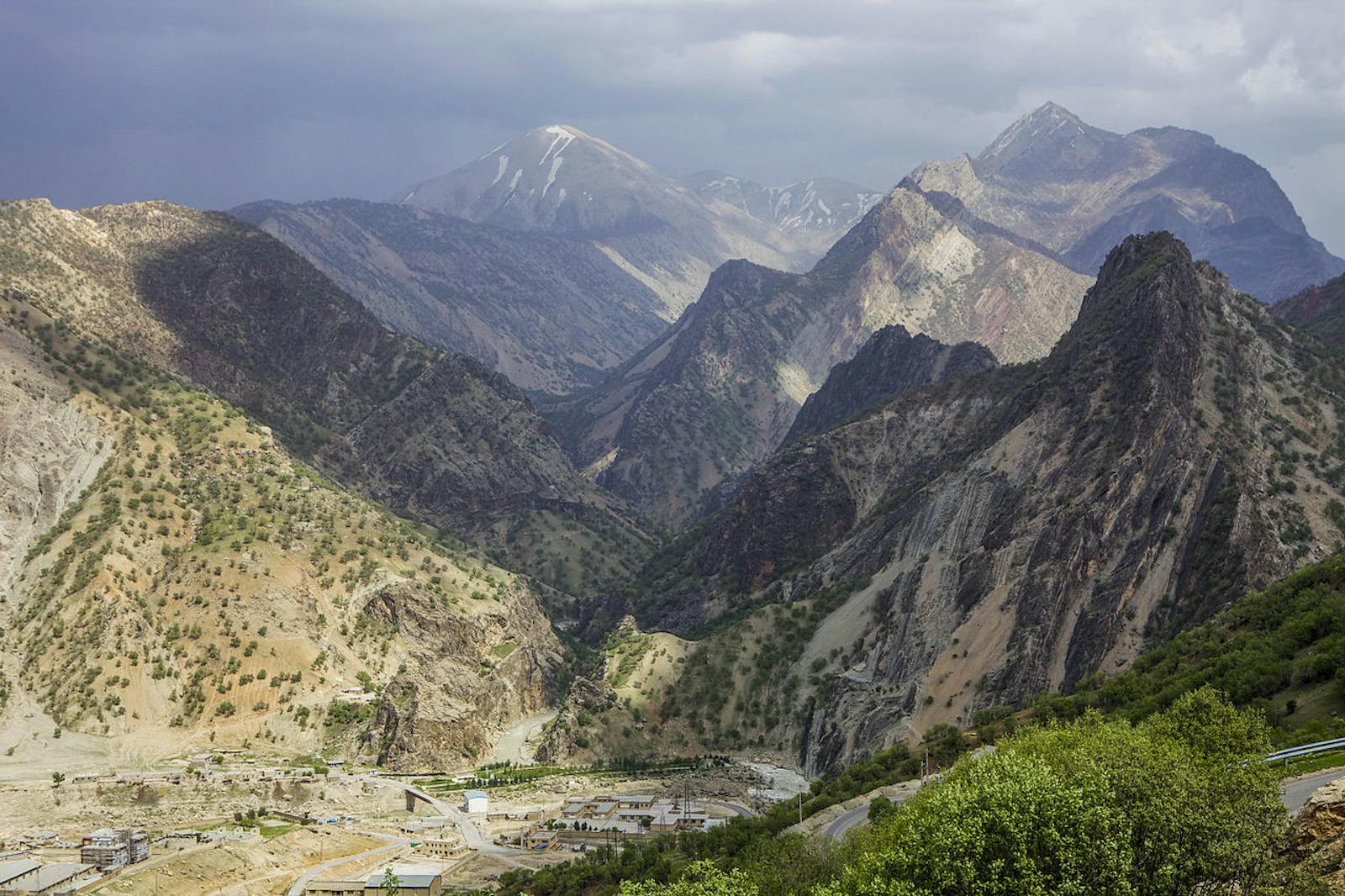
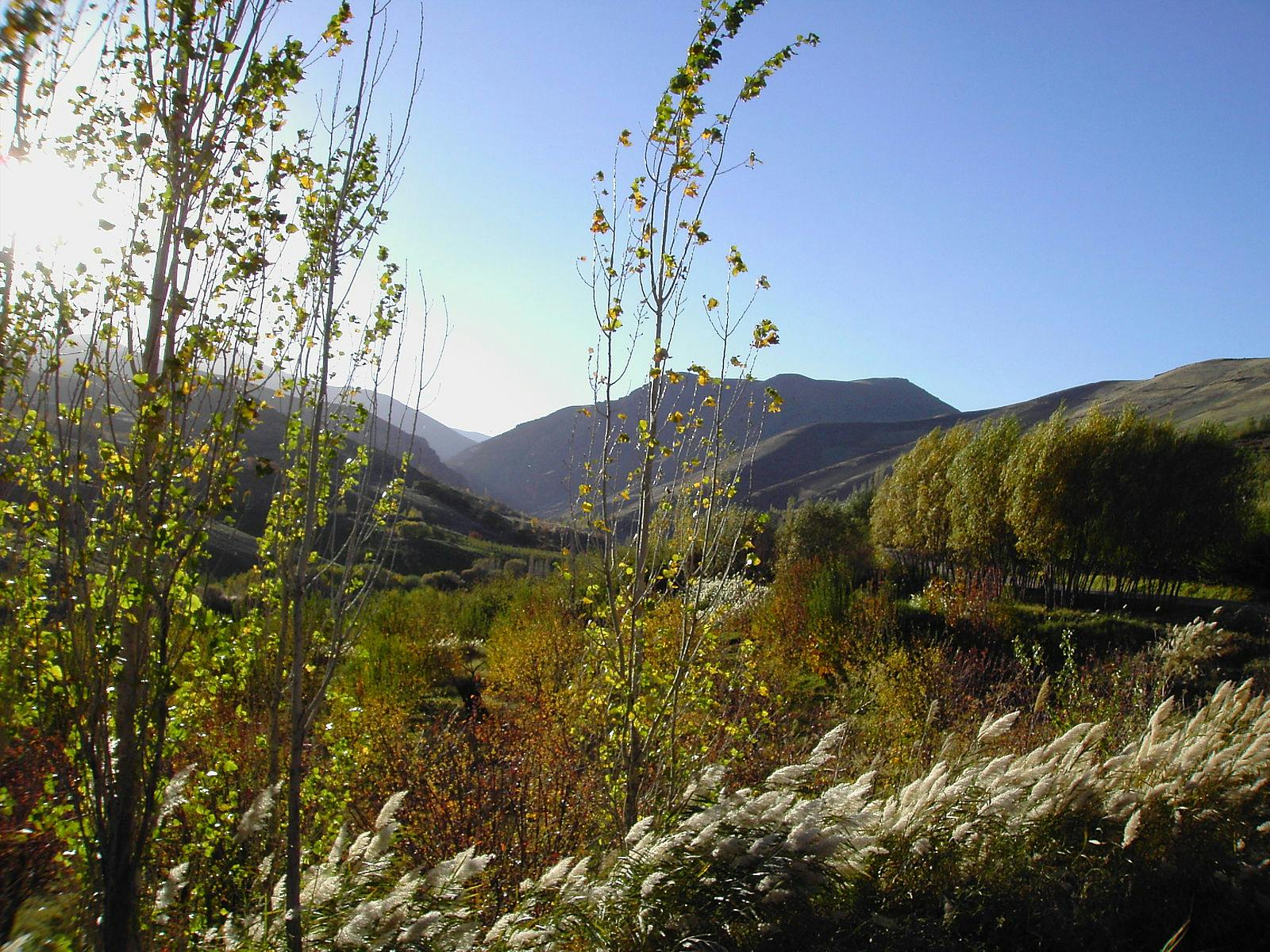

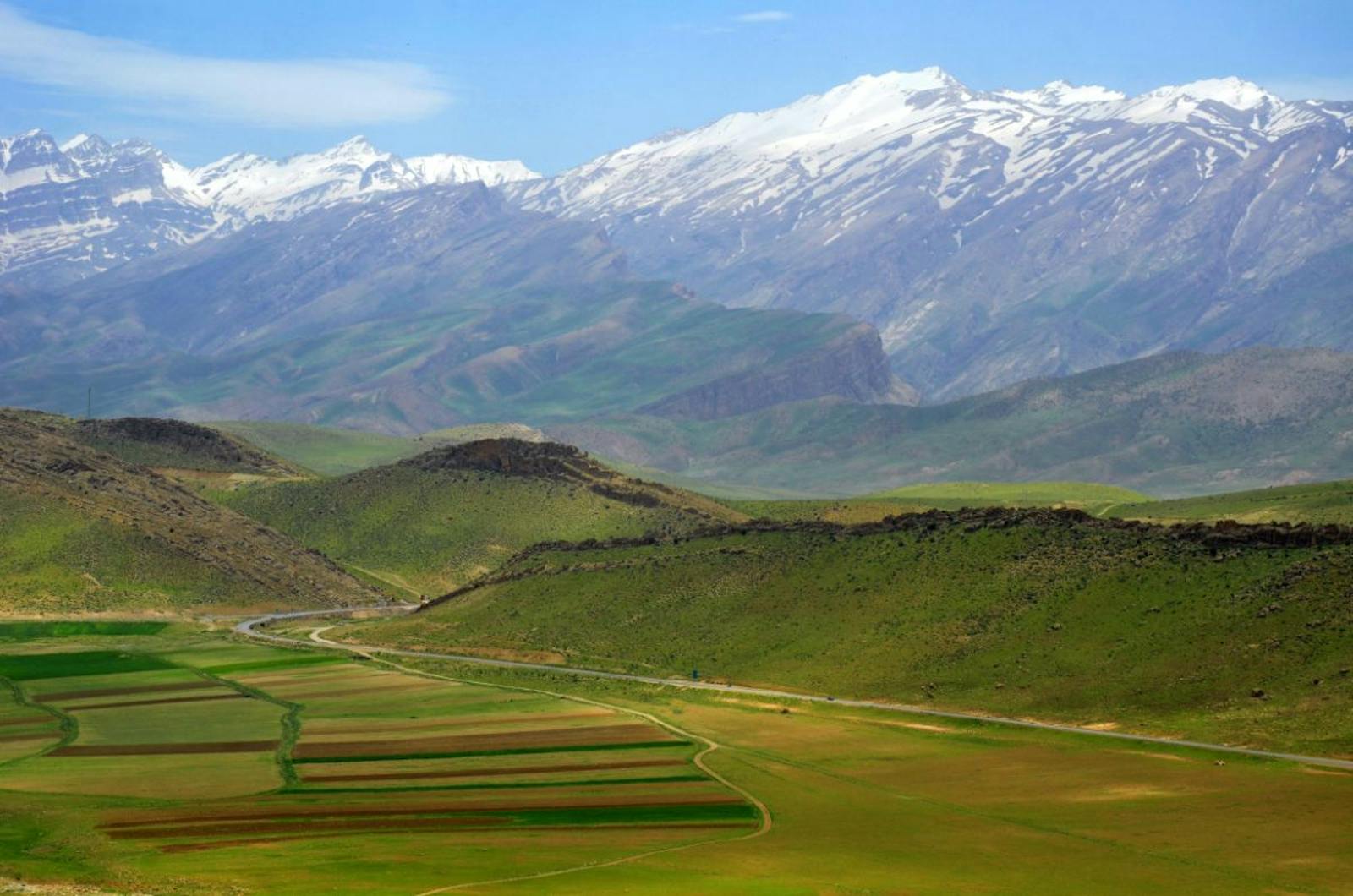
.png?auto=compress%2Cformat&w=300)

